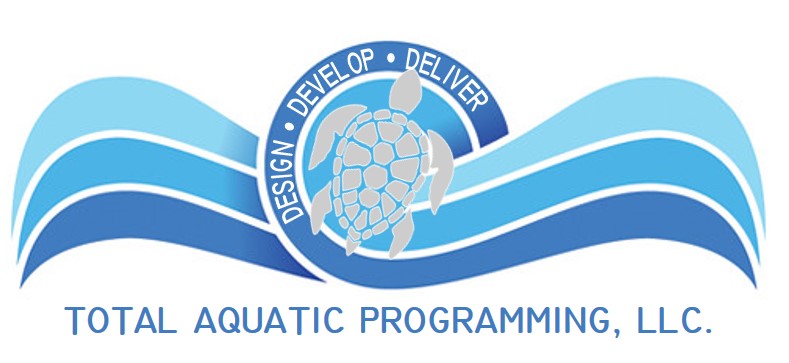Every year, millions of people flock to beaches, lakes, and rivers to enjoy a fun, relaxing day with friends and family. They can be great locations for outdoor recreation, whether it involves body surfing, boating, or just taking a dip to cool down on a warm day. But, like any body of water, beaches, lakes, and rivers can also be dangerous.
Research shows that open water areas, such as lakes, rivers, and the ocean, are the most common sites for drowning for those over five in the US. In 2016, open water drownings made up 43 percent of childhood drownings. In addition, males are at a much greater risk of a fatal open water drowning than females, with 84 percent of open water drownings in children from infants to 19 occurring in males.
If you’re considering a trip to open waters, it’s essential to understand that oceans, lakes, rivers, and other open water settings have unique hazards that affect safety tips. Understand the risks so you’re prepared before jumping in or boarding a boat.
Differences Between Open Water and Pools
- Limited Visibility
Unlike pools, with water in beaches, lakes, rivers, and other open water, what’s under the water isn’t always visible. As a result, hazards like rocks, logs, or sudden drop-offs aren’t always detectable. Limited visibility can also make it difficult to see if a child falls in the water.
Always enter unfamiliar water feet first, wade in slowly, and avoid diving headfirst. If lifeguards are present, ask them which areas are the safest.
- Depth, Distance, and Drop-offs
No signs indicate the deep end in open water, so it’s nearly impossible to know if you’ll be in over your head. Also, because open water is larger than a pool, it can challenge to perceive distance from the shore. So always swim in designated swimming areas and check signs for potential dangers.
- Water Temperature
In many cases, open water is usually colder than water in a pool, affecting a person’s swimming ability. In addition, falling into cold water can result in shock, leading to panic and even drowning.
- Waves
Body surfing and playing in ocean waves can be fun, but they can also be dangerous. So, before jumping into the ocean, ensure you and your children know how to deal with crashing waves.
- Currents and Tides
Currents in rivers, creeks, and streams can be fast and unpredictable. Although it’s possible to see strong currents in things like rapids, strong currents can flow under the water’s surface. In oceans or lakes, waves and rip currents can be dangerous. Avoid swimming at unsupervised beaches or areas not designated for swimming. Ensure children know how to deal with a crashing wave and escape a riptide or strong current.
Boating
Sailboats, powerboats, and canoes are just a few ways to enjoy the open water. Unfortunately, however, drowning deaths caused by boating accidents are also on the rise.
According to the US Coast Guard, 46 boating deaths involving individuals 19 and younger, nearly 60 % attributed to drowning, occurred in 2019. Almost 80 % of the boating deaths in this age group occurred while riding an open motorboat, canoe, or kayak. An analysis revealed that 70 % of the operators had not had boating safety instruction, and 23 % cited alcohol as a leading factor.
Nearly 90 percent of boating-related drowning deaths involved individuals not wearing a life jacket. Life jackets — also known as life vests, life preservers, and Personal Flotation Devices (PFDs) — are crucial for boating safety. Even experienced swimmers should wear a life jacket when boating.
Equally important is wearing the correct life jacket. The lifejacket must be United States Coast Guard (USCG) approved. Look for the USCG stamp inside the lifejacket, alongside sizing and other valuable information.
Unintentional Drowning is Preventable
We can save lives and heartache. Request a free water safety presentation to share with your community, school, business, etc., to educate everyone about drowning prevention. Learn more about drowning and prevention programs and use our Water Safety Checklist to keep children safe and avoid the pain of losing a child due to drowning.



